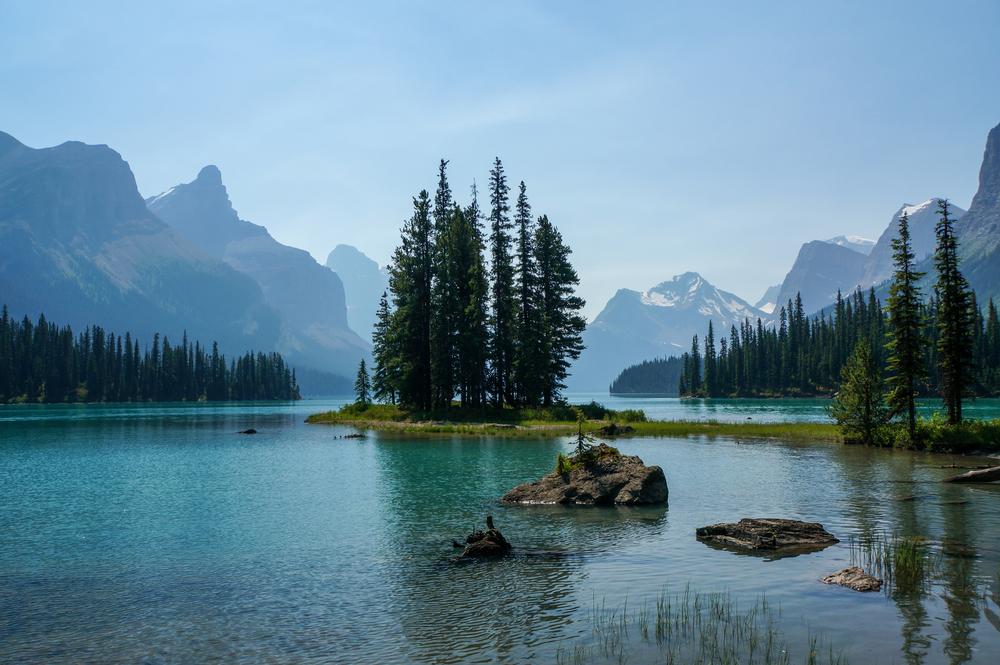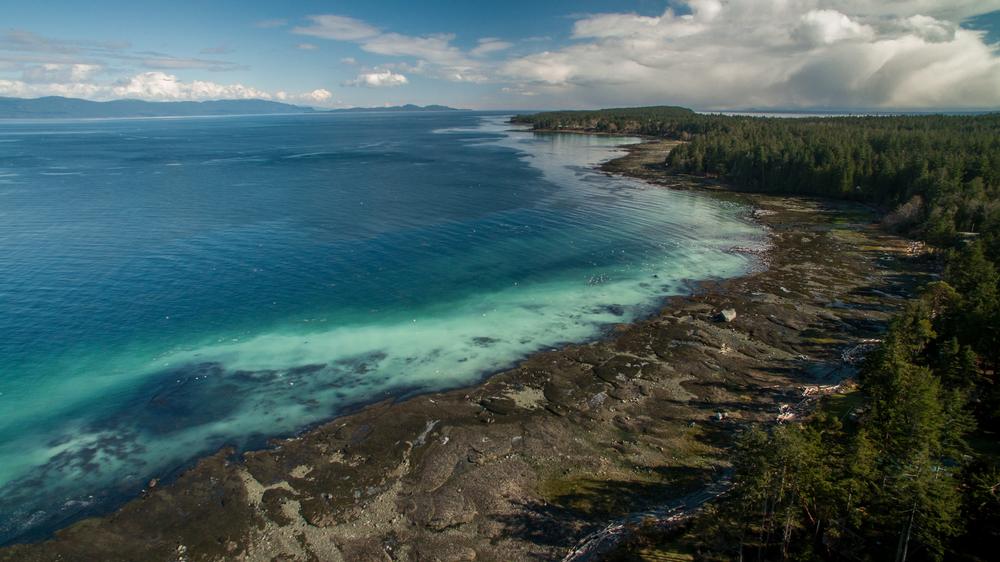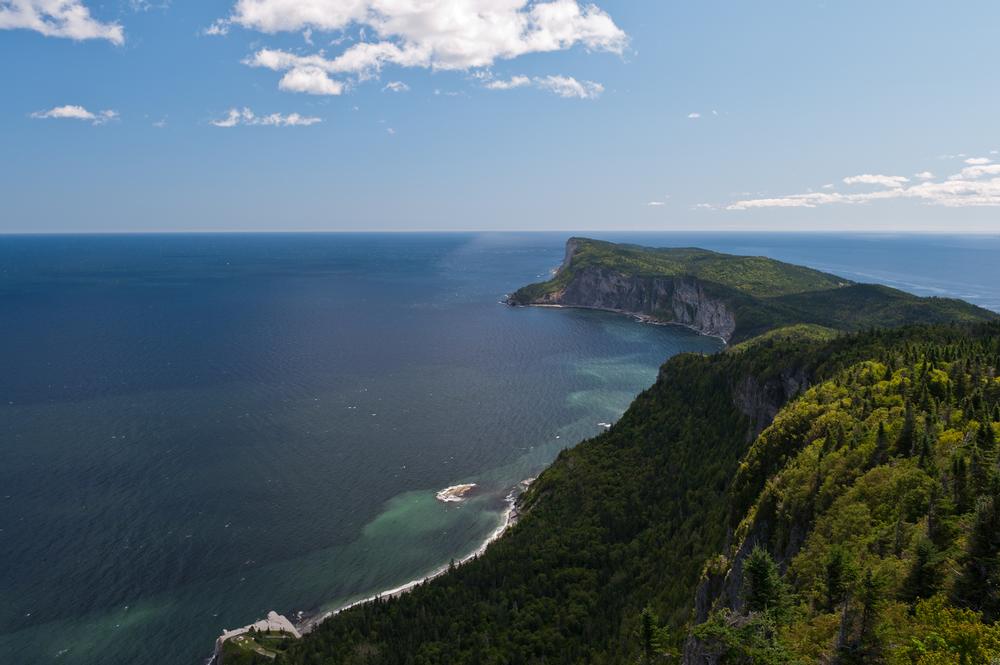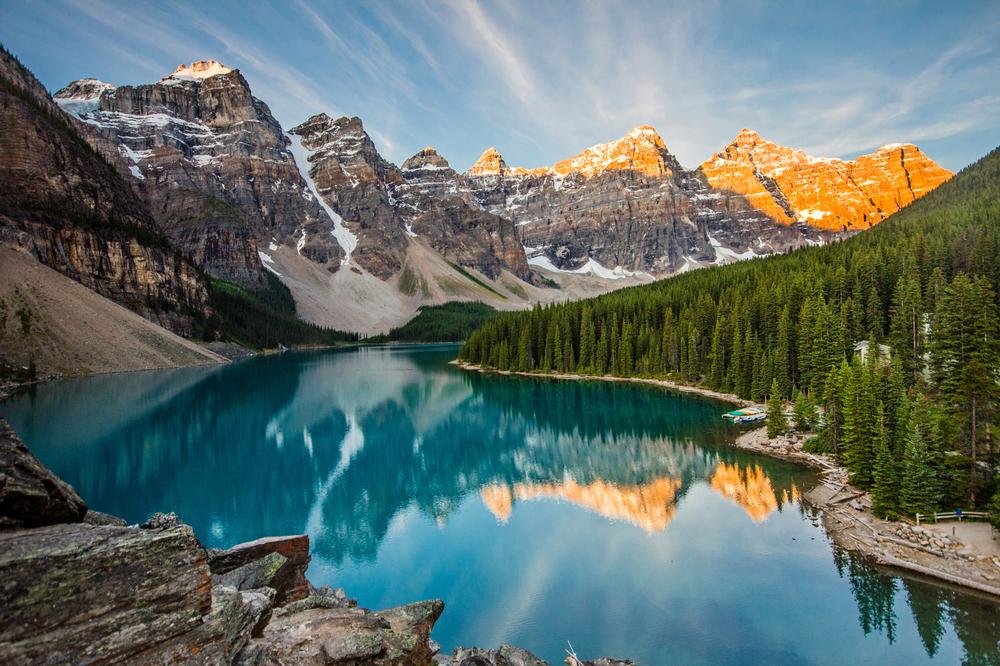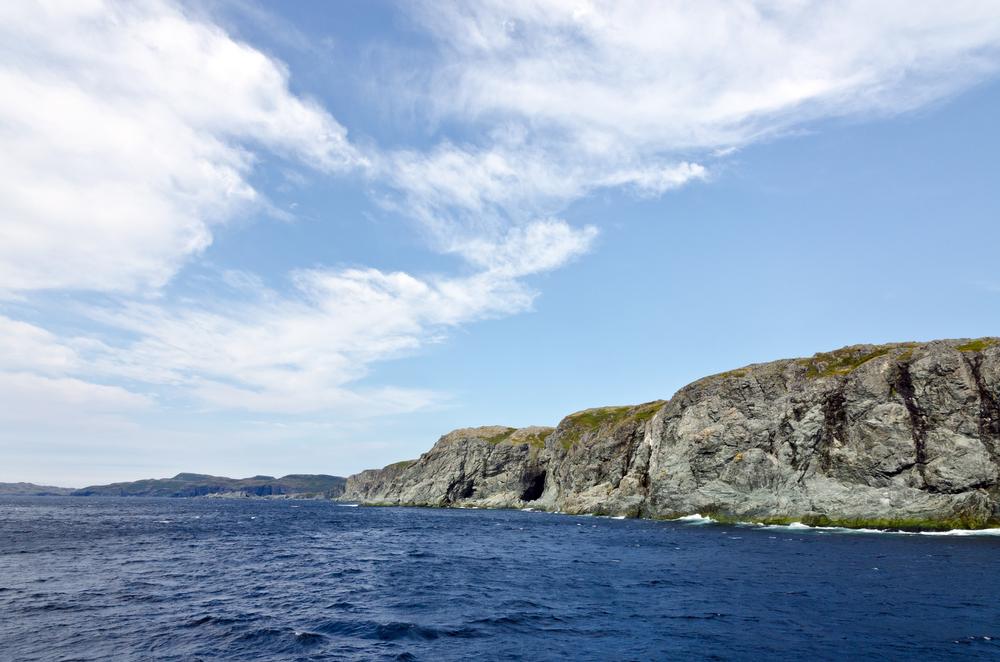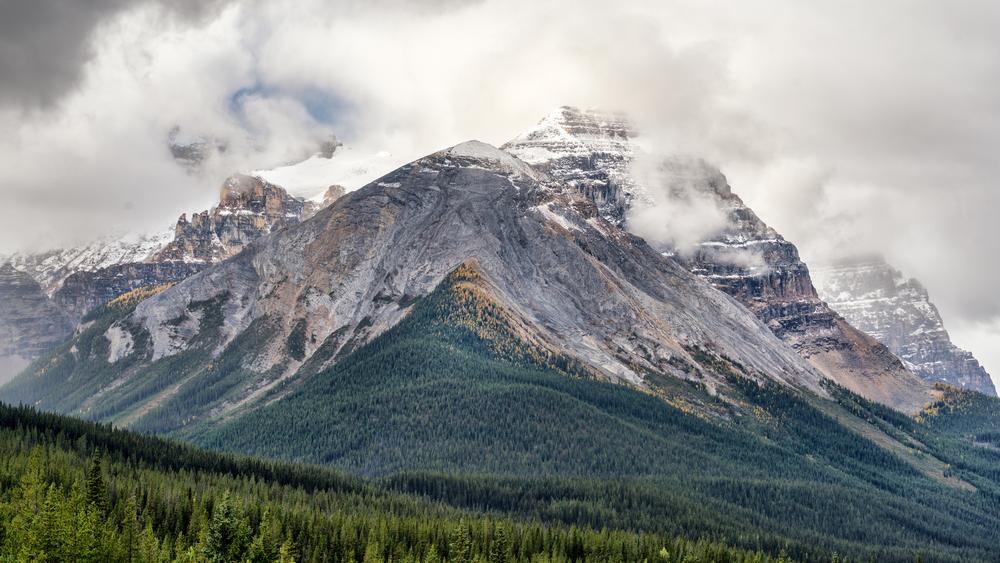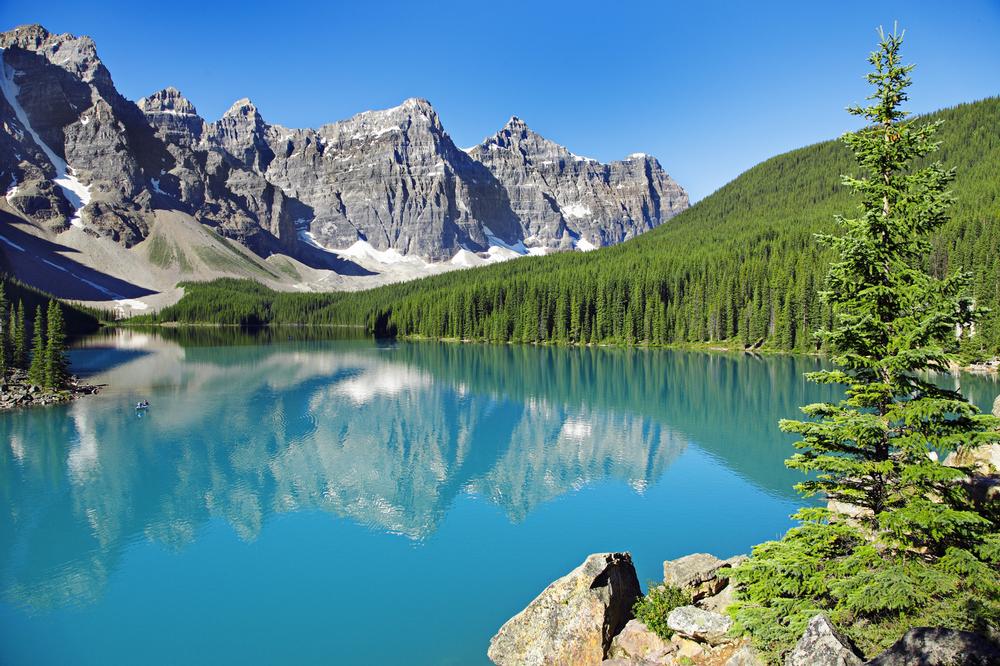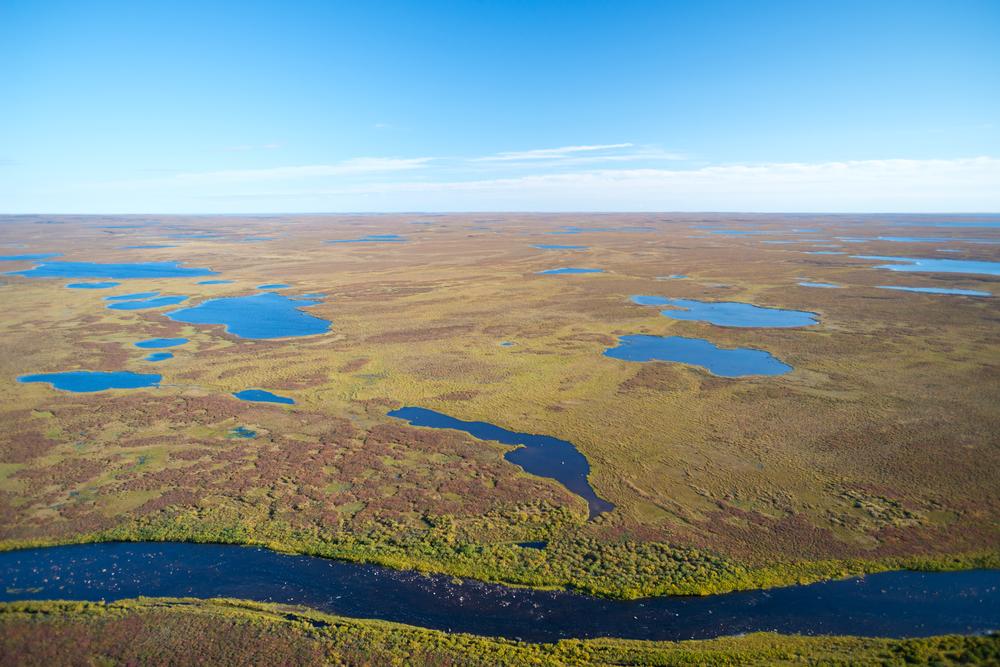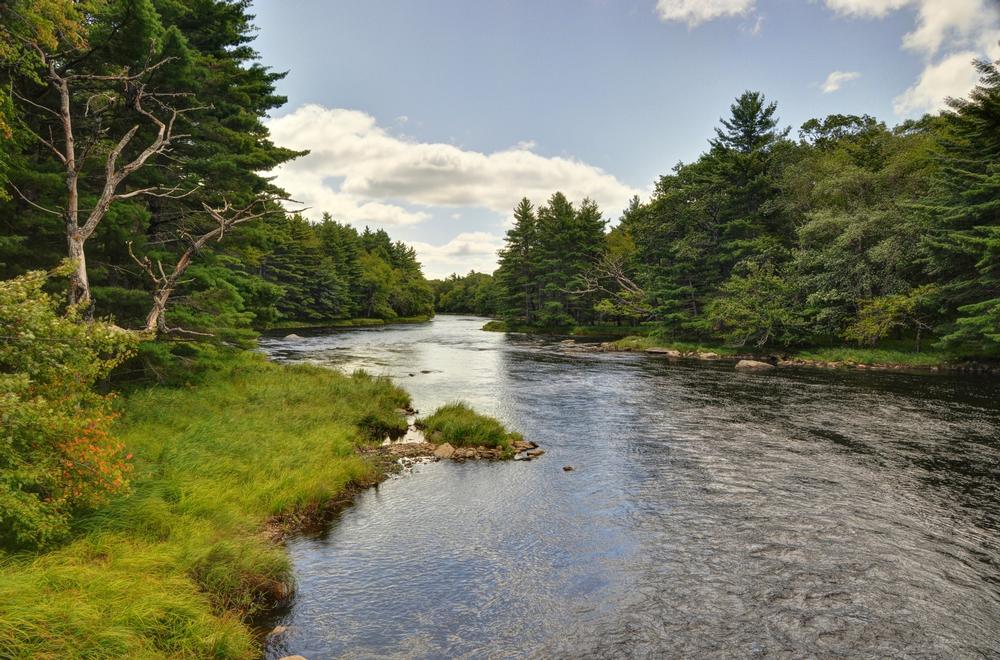Ready to explore the Great White North? I’ve roamed all over Canada, and I can tell you—it’s one of those places that sticks with you. Whether you’re into big-city energy or wild, wide-open spaces, you’ll find something that fits you perfectly. I’ve walked cobbled streets, watched glaciers drift, and stood in awe of waterfalls. You’re going to love it.
Here Are Some of My Favorite Spots:
- Marvel at the turquoise lakes and towering peaks of Banff and Jasper National Parks in Alberta – I’ve been there in every season, and it’s breathtaking every time.
- Wander the cobbled streets of Old Québec – I felt like I’d stepped into Europe without crossing the Atlantic. It’s full of charm and history.
- Explore multicultural Toronto – The skyline, the waterfront, the food… I always find something new and delicious here.
- Experience the thundering power of Niagara Falls – I still remember the roar and the mist on my face. You’ve got to feel it for yourself.
- Relax on the beaches and by the lighthouses of Prince Edward Island or Nova Scotia’s Cabot Trail – I go for the views, but stay for the calm.
- Catch the Northern Lights in the Yukon or Northwest Territories – I saw them once and it honestly felt like magic. You should absolutely try.
Best Places to Visit in Canada:
In Summary...
(and if you want to revisit my photo journey)



